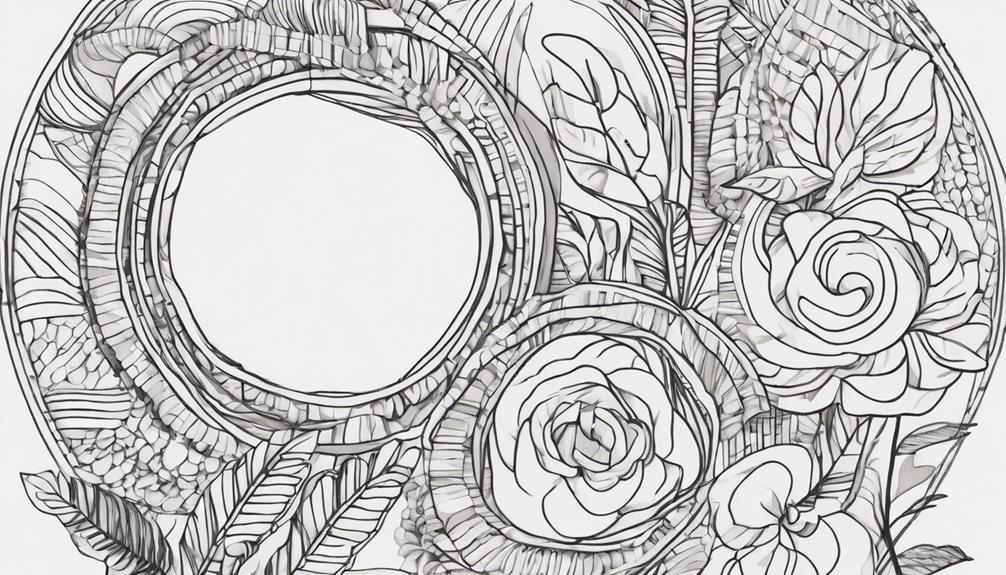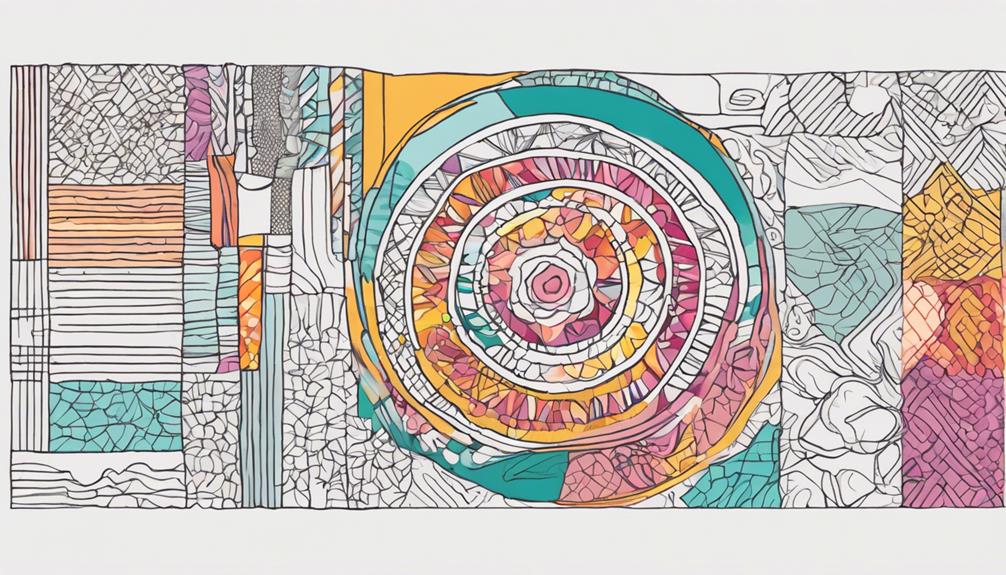When setting the price for your textile art, make sure to include your hourly rate, material costs, profit margin, and time spent working on the piece. Consider the time needed, intricacy, and skill level involved in creating the artwork. Also, take into account factors such as size, complexity, resources, and ensuring you are fairly compensated for your efforts. Don’t forget to factor in overhead expenses like studio rent, utilities, and marketing costs. Aim to establish prices with a profit margin of 50-100%, research market rates, and keep your pricing competitive. It is essential to receive fair compensation for your artwork in order to succeed as an artist.
Key Takeaways
- Consider time, materials, expertise, and overhead costs.
- Calculate hourly rate, creation time, and material expenses.
- Factor in artwork size, complexity, and resource demands.
- Add 50-100% profit margin for fair compensation.
- Research market rates and set competitive prices.
Identifying Cost Factors
To price textile art effectively, you must carefully identify all cost factors involved in creating the artwork. When setting a price for your textile art, consider your hourly rate, material costs, profit margin, overhead costs, and the time invested in creating the piece.
Fiber artists should calculate their hourly rate by dividing the total time spent on a project by the desired profit margin. This guarantees that you're adequately compensated for your skill and time.
Material costs play a significant role in determining the final price of your textile art. Evaluate the type and quantity of materials required for each piece, especially considering that larger artworks may demand more resources.
Additionally, factor in any overhead costs, such as studio rent or utilities, to accurately price your artwork and secure a fair return on investment. By thoroughly evaluating these cost factors, you can confidently set prices that reflect the value of your unique textile creations.
Calculating Labor and Materials
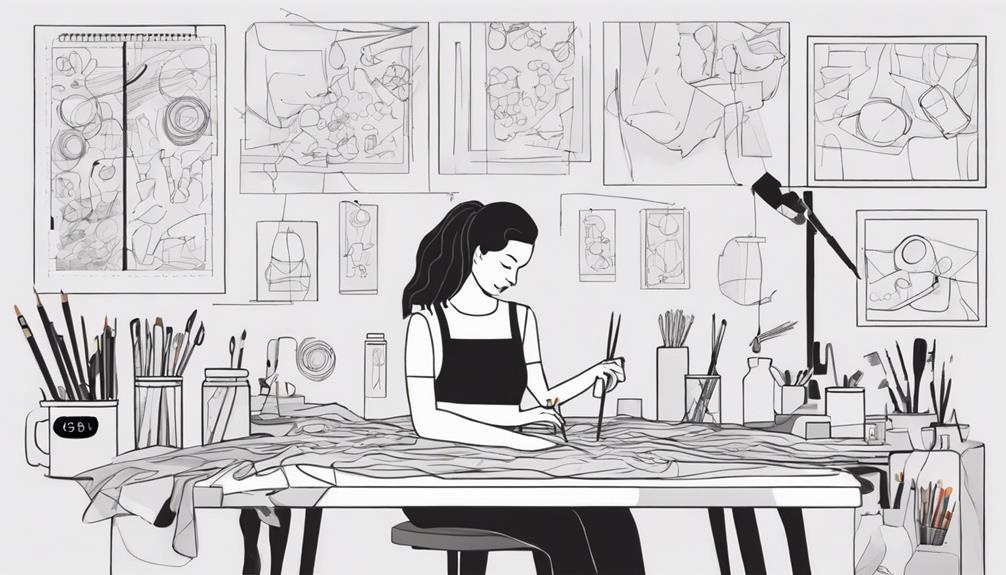
Calculate your labor costs for textile art by determining your hourly rate and total creation time for each piece. Factor in your hourly wage to make sure you're compensated fairly for your time and effort.
Keep track of how much time you spend on each piece to accurately reflect the labor involved. Additionally, consider the material costs when pricing your artwork. Calculate the expenses for fabrics, threads, and any other supplies used in the creation process. This will help you set a price that reflects both the value of your labor and the materials invested.
As a textile designer, it's crucial to evaluate the intricacy of the design and the skill level required. These factors can influence the creation time and material costs, ultimately impacting the pricing of your artwork.
Considering Artwork Size and Complexity

How do the size and complexity of your textile artwork impact pricing decisions?
When figuring out the price of your work, it's crucial to take into account how much time and materials were used in creating it.
Larger pieces often demand more resources, like fabric and thread, which can raise the total cost.
Moreover, the intricacy of your design, including detailed elements and the level of expertise required, plays a substantial role in pricing adjustments.
Artists should bear in mind these factors to secure fair compensation for their efforts.
Factoring in Overhead Expenses
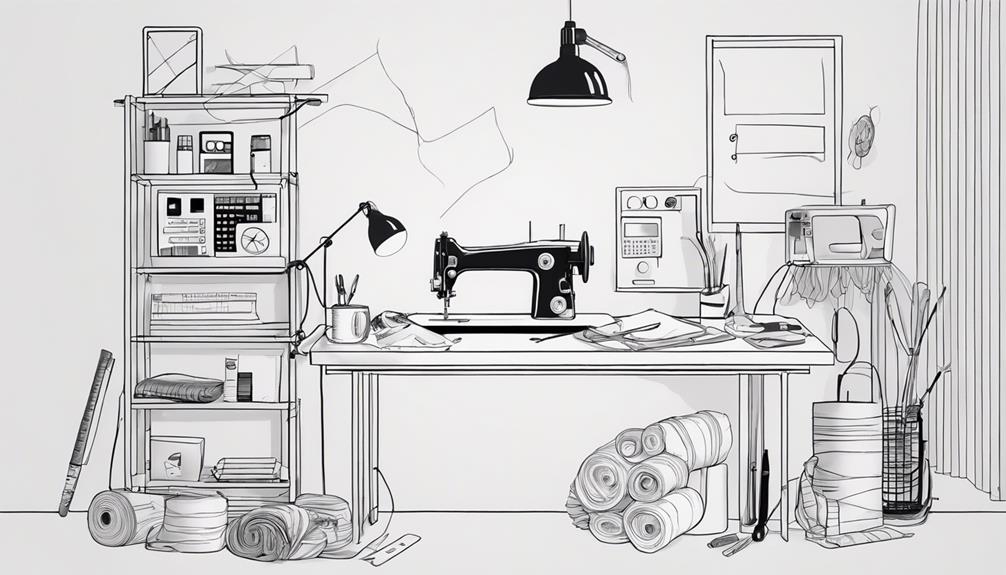
When pricing your textile art, factoring in overhead expenses is important for making sure that your pricing strategy reflects the total cost of creating your artwork.
Overhead expenses in textile art pricing may include studio rent, utilities, insurance, and marketing costs.
By understanding and accounting for these overhead expenses, artists can set competitive prices that cover all aspects of their business operations. This consideration is vital for developing sustainable pricing strategies in the textile art industry.
Including overhead expenses in your pricing calculations guarantees that you're compensated fairly for both your creative work and the essential business functions that support it.
Ultimately, incorporating these expenses into your pricing strategy not only benefits your business but also helps you maintain a competitive edge in the market while supporting your artistic endeavors.
Setting Profitable Prices
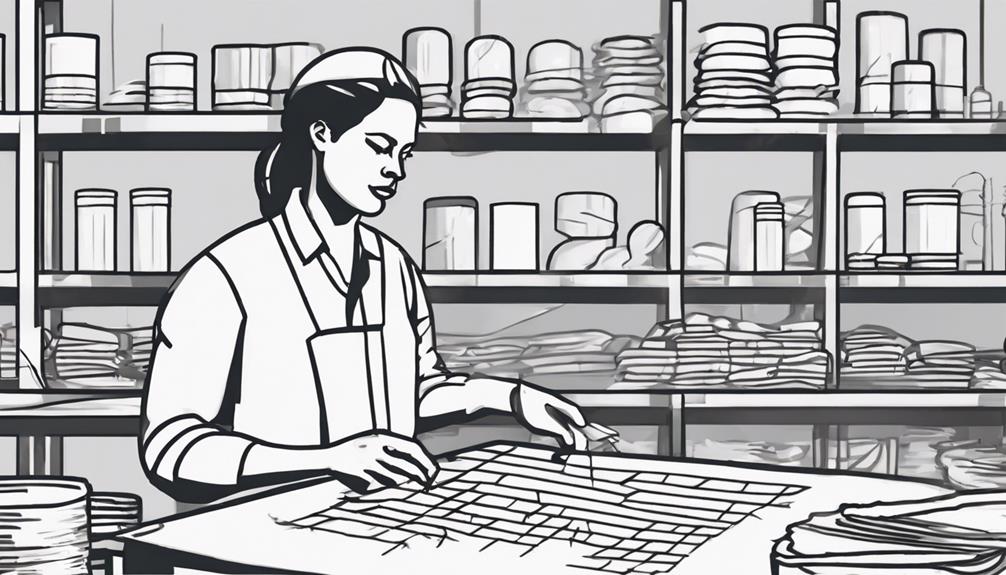
To secure you're appropriately compensated for your textile art commissions, it's crucial to set profitable prices that reflect the value of your creative work and account for various business considerations.
When determining your pricing strategy, consider adding a profit margin of 50% to 100% to guarantee fair compensation. Adjust this margin based on factors like effort, reputation, and market demand for a balanced approach.
Researching market rates will help you understand industry benchmarks and maintain competitive pricing in the textile art market. Effective pricing involves balancing costs, overhead expenses, and profit margin to accurately price your commissions.
Thorough calculations and market awareness are essential for developing sustainable pricing strategies that sustain your business in the long run. By carefully considering these factors and staying informed about market trends, you can set prices that not only value your work but also ensure profitability in your textile art business.
Frequently Asked Questions
How to Price Textile Art?
To price your textile art, consider all costs like materials, time, and overhead. Calculate labor and material expenses, factoring in hourly rates and creation time. Assess size and complexity for accurate pricing adjustments.
Add a 50% to 100% profit margin for fair compensation. Research market rates and industry benchmarks to stay competitive. Adjust pricing based on demand and reputation.
Following these steps guarantees a sustainable pricing strategy for your textile art.
What Is the Formula for Art Pricing?
When determining art prices, remember the formula: ((hourly wage rate x 3) + material) x 2.
This formula simplifies the process, helping you set a baseline for pricing your pieces.
By following this structure, you can calculate prices ranging from €435 to €968, giving you a clear starting point.
How Should an Artist Price Their Work?
When pricing your work, consider all costs, like materials, time, and training. Calculate labor and material costs with hourly rates and total time spent creating.
Factor in size and complexity for accurate pricing. Add a profit margin of 50% to 100% for fair compensation, adjusting based on effort, reputation, and demand.
Conduct market research to understand industry standards and competitive rates. This approach will help you set prices that reflect the value of your textile art.
How Much Should I Charge Someone for My Art?
When setting prices for your art, consider all costs, calculate a fair hourly rate, and research market rates to stay competitive.
Factor in effort, reputation, and demand to adjust profit margins. Public art commissions with larger budgets can impact pricing strategies.
Building a strong reputation through such projects can lead to more opportunities and increased pricing potential.
Tailor your pricing based on your unique art, market demand, and the value you bring to each piece.
Conclusion
Now that you've considered all the cost factors, calculated labor and materials, and factored in overhead expenses, it's time to set profitable prices for your textile art.
Remember, size and complexity play a role in pricing, so don't forget to take those into account.
By following these tips, you'll be able to confidently price your artwork and guarantee that you're being compensated fairly for your talent and hard work.
Good luck!

